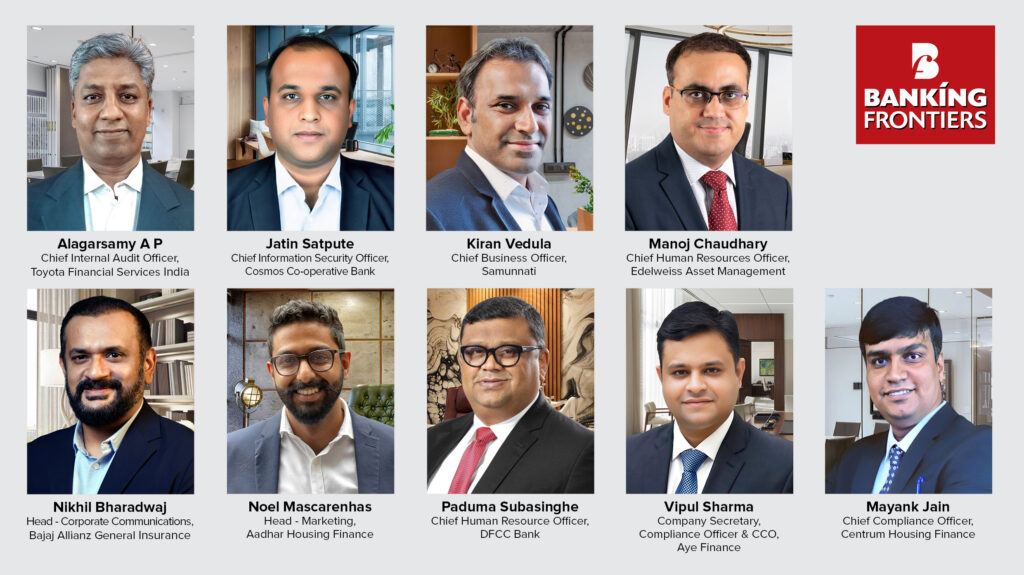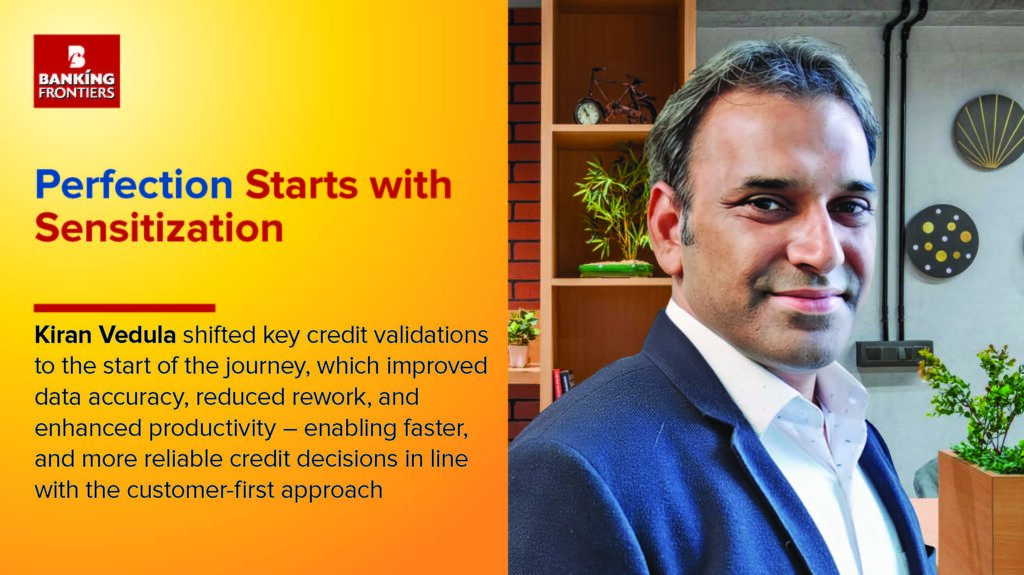
Perhaps the best beginning towards perfection is to sensitize team members. Our 9 experts share their approaches, and also the rationale for the same:
Sensitizing people towards perfection is neither simple nor straightforward. There is no standard technique or training program. For some people, the transformation could happen easily, and for some it could be very tough. Perfectionism is very subjective for each person and therein lies the challenge with any standardized approach. Let us see how our 9 experts tackled the challenge.
To support the team through a transformation towards perfection, Vipul Sharma took a 4-pronged approach. First, he focused on building awareness and strengthening key behaviors. He set clear, achievable goals and communicated expectations so everyone understood what success looks like. He emphasized time management and prioritization to help the team focus on what truly matters.
Second, rather than focusing on outcomes, he provided constructive feedback to drive progress and growth. This encouraged continuous improvement and boosted morale. He regularly acknowledged efforts and small wins to keep motivation high.
Third, he also created a safe space for experimentation and innovation to encourage taking calculated risks and learning from mistakes. This helped team members become more open to feedback and more resilient in facing challenges.
Fourth, he fostered a supportive team environment where collaboration and mutual respect are core values. This improved team dynamics, reduced stress, and contributed to healthier working relationships. Together, these efforts helped the team embrace change, improve performance, and grow both individually and collectively.

Mayank Jain took the top-down approach to sensitization. He brought in the company CEO to addresses the team to emphasize the evolving regulatory requirements for the affordable housing sector and the importance of serving the LMI segment responsibly. Beyond leadership guidance, Mayank conducted specialized training programs focusing on attention to detail, meticulous documentation, and proactive risk identification. These included 3 things – (i) workshops on interpreting complex, regulatory guidelines (KYC, AML, CFT, etc), (ii) conducting thorough compliance testing, and (iii) implementing robust control mechanisms. He also invited external experts to share best practices in compliance from other financial institutions.
Nikhil Bharadwaj chose a gradual approach. The team was gradually sensitised to the growing importance of perfectionism, particularly regarding crisis communication. He made it a priority to ensure that each member understood the potential reputational impact of even minor issues, which often escalate rapidly if not addressed correctly and in a timely manner.
Nikhil emphasized domain knowhow and accordingly provided team members with a comprehensive understanding of the insurance ecosystem, including its products, key stakeholders, regulations and customer expectations. He ensured that team members are well-versed in the advantages and challenges of claims procedures, regulatory nuances, and the consequences of service disruptions. He regularly conducts industry briefings, simulations, and case-based learning sessions to enhance contextual awareness and improve response agility.
These ongoing efforts have fostered a culture of precision and accountability within the team. The final outcome: the team crafts balanced, empathetic, and effective communications.
Jatin Satpute initiated the sensitization by communicating the ‘why’ behind precision. He says it is not just for compliance, but to preserve the trust of customers and stakeholders. To shift from a compliance-first mindset to a risk-intelligence and operational vigilance approach, he initiated a multi-phase awareness and training program.
Team members received 4 inputs: (i) SOC analyst training in threat intelligence, SIEM management, and log analysis (ii) Workshops on RBI cybersecurity frameworks and cyber risk management principles (iii) Simulation-based training for incident response and phishing detection. (using phishing, malware, and privilege misuse scenarios) and (iv) Ongoing refresher sessions on data privacy, endpoint security, and threat modelling.
In addition, real-world case studies of breaches in the BFSI sector helped the team internalize the risks of ‘almost right’ vs. ‘absolutely right.’ This helped embed a ‘secure-by-design and monitor-by-default’ culture within both compliance and SOC teams.
Manoj Chaudhary explains the practical understanding of perfection at Edelweiss: it is not about being perfect, rather it is about being so thorough that others can trust you without checking. His approach is to mentor teams so that they clearly distinguish between tasks that need surgical precision – like compliance, data management, risk processes – and tasks that require agility and soul – like engagement, communication, and learning.
To build this understanding, he has invested in both functional and behavioral training. He explains: “In execution-led roles, we train our teams on First Time Right (FTR). This includes a deep dive into processes, workflows, and internal systems. We also build contextual knowledge to help them understand the why behind the task. We encourage a culture where it’s okay to fail, provided we learn fast and own up. Additionally, job aids, checklists, and real-time feedback loops are used to reinforce this discipline.”
To drive the transformation, Kiran Vedula did a combination of sensitization, training, and role redesign. He first ensured that the team understood why the change, i.e. to enable scalable, inclusive, and responsible credit delivery. Importantly, the journey began with deep engagement with the teams themselves. He delves deeper: “We actively captured pain points in the existing process – from repetitive data entry to inconsistencies in CAM preparation – and incorporated their insights into the design of solutions.”
On the capability front, he organized structured training covering 4 points: (i) Use of the new LOS and automated credit tools (ii) Understanding and configuring Business Rule Engines (BREs) (iii) API-based data source and interpretation, and (iv) FPO grading methodologies.
Noel Mascarenhas ensured that team members are constantly updated and sensitised about the expectations about the needed outcomes. Like others, he classifies perfection not as a goal but as a pursuit, with every team member being constantly supported and reminded that they need to chase perfection each time they set out to create an impact through their work.
Alagarsamy A P felt that leading a team of experienced internal audit members made his job of sensitization program easy as the team members were already well aware of the importance of perfection in the audit role. He explains that as part of the internal audit engagements, the team members get to interact with the departmental heads and the leadership team on a regular basis. The team members very well realize that this is a double-edged sword: on one hand they get to regularly interact with the senior leaders which very few get a chance, and on the other hand, they are also aware that their work / performance is being closely watched by the leaders and any slip-ups from their side will impact them negatively. So, they are always conscious about quality of their work and mindful of not committing any errors. Striving for accuracy/excellence in work has become a second nature to them.
On other hand, team members have also undergone the acclaimed The Toyota Way training internally. The Toyota Way, with its emphasis on kaizen (continuous improvement) and respect for people, views perfection as an ongoing journey rather than a static goal.
Alagarsamy offers 2 meaningful quotes that support this perspective. ‘Strive for continuous improvement, instead of perfection.’ – Kim Collins. ‘Continuous improvement is better than delayed perfection.’ – Mark Twain.
Sensitizing the team to the evolving expectations around perfectionism in talent management was one of the most crucial enablers of the transformation at DFCC Bank. Paduma Subasinghe initiated a dialogue with the senior management team where he clearly articulated the evolving role of HR from a traditional service provider to a strategic business partner. He then conducted a comprehensive review of existing policies, leading to targeted amendments aligned with the needs of a modern workforce and business objectives. The resulting policy changes were communicated across the organization down to all levels, ensuring clarity and buy-in.
Paduma also introduced advanced digital platforms including a modern Learning Management System (LMS), an HR ticketing system, and AI-powered HR bots. Alongside, he conducted structured skilling programs for effectively using these platforms to streamline routine processes, reduce response times, and enhance overall service delivery accuracy. This empowered the team to concentrate on strategic talent management, creating a culture of perfectionism where consistency, accuracy, and continuous improvement became elements of day-to-day operations rather than just aspirational goals.
More importantly, he embedded performance excellence in daily work, with OKRs now including measurable goals tied to accuracy, turnaround time, and quality of talent outcomes.







